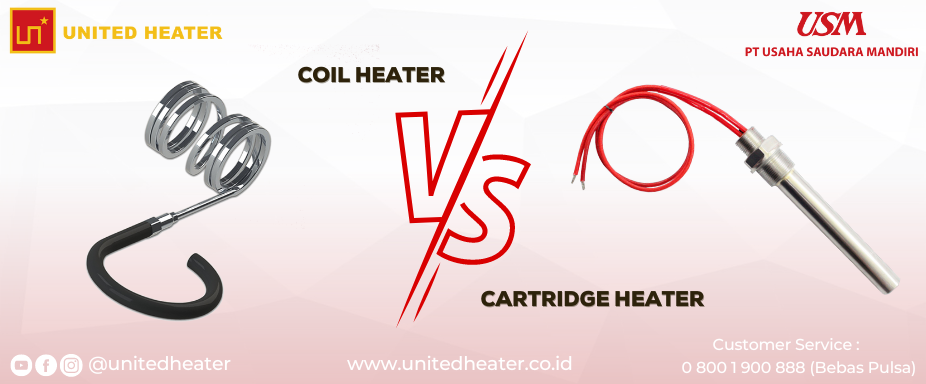
Coil Heater vs Cartridge Heater: Which is More Suitable for Your Application?
In the world of industrial heating, there are two commonly used heater technologies in various applications: Coil Heater and Cartridge Heater. However, you might wonder, which one is more suitable for your needs? Let's explore further about these two types of heaters and find the right solution for you!
Coil Heater is a heating element designed...
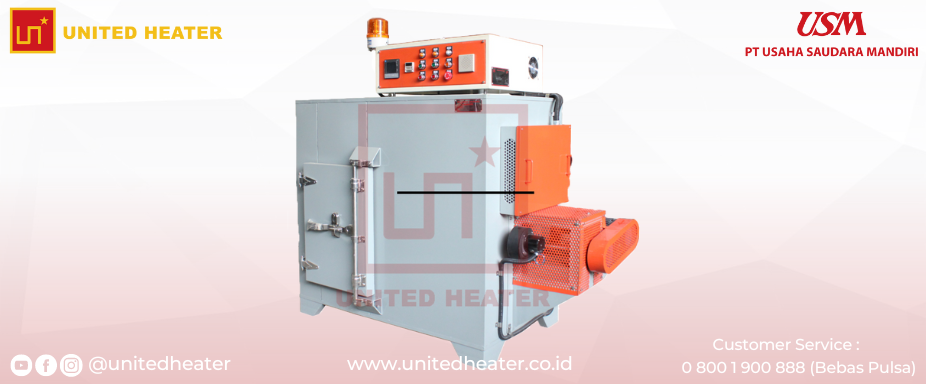
The Benefits of Using Circulation Oven in Drying Processes Across Various Industries.
In the industrial world, the drying process plays a crucial role in the production of various products. One key device that ensures optimal results is the Circulation Oven.
The Circulation Oven is a specially designed heating device that creates uniform airflow within the drying chamber. This means that heat is distributed evenly throughout the...
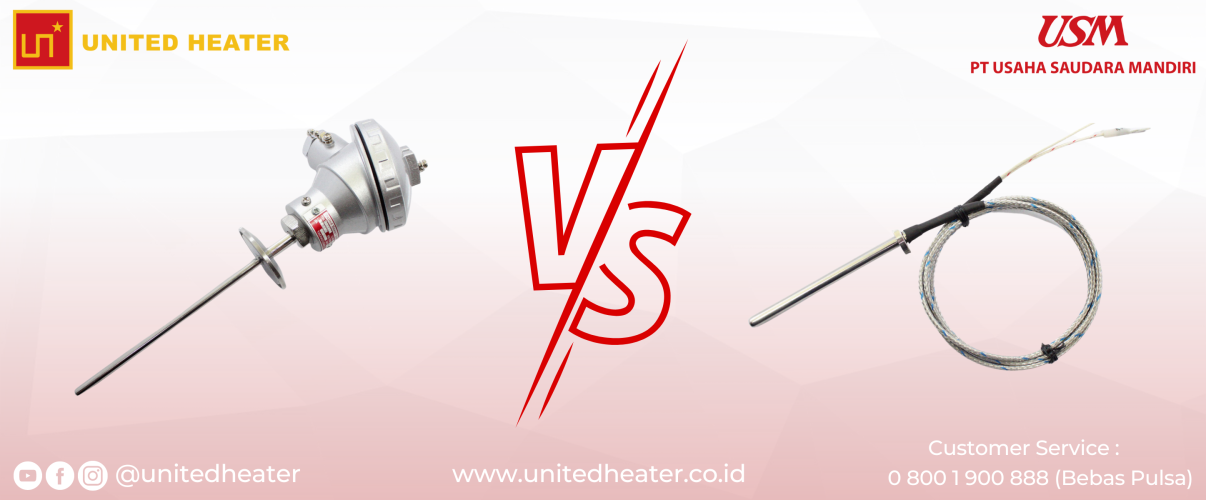
Prime Heating: The Battle of RTD vs. Thermocouple to Find the Ideal Choice in Various Temperature Applications
If you are interested in heating and temperature measurement technology, then this article is perfect for you! In this write-up, we will discuss the differences between RTD (Resistance Temperature Detector) and Thermocouple, two types of heater elements commonly used in various temperature applications. Let's explore and understand which one is...
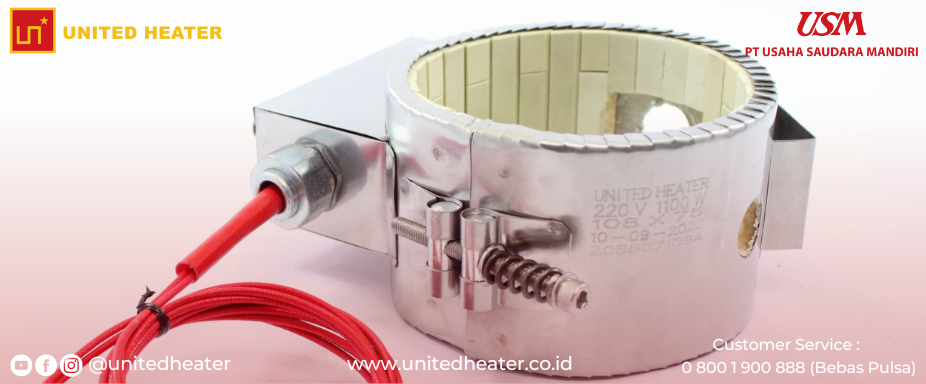
Energy Efficiency with Ceramic Heater: How Ceramic Heater Helps Save Operational Costs
In the era of advancing industries, energy efficiency has become a critical aspect that many companies focus on. Among these considerations is how businesses can save on operational costs while maintaining the quality and performance of their heating systems.
In this article, we will explore how Ceramic Heaters can help to improve energy...
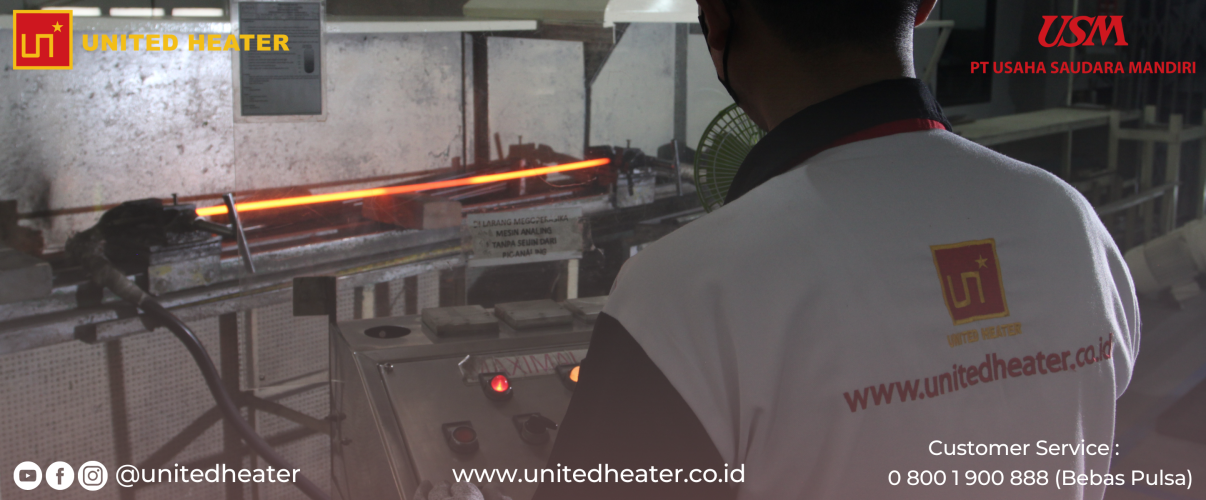
The Application of Heating Elements in the Manufacturing Industry
The manufacturing industry plays a crucial role in the global economy with various complex production processes. One key element to achieving efficiency and success in manufacturing is the proper use of heating elements or heaters.
In this article, we will delve into a case study on the application of heating elements (heaters) in the...
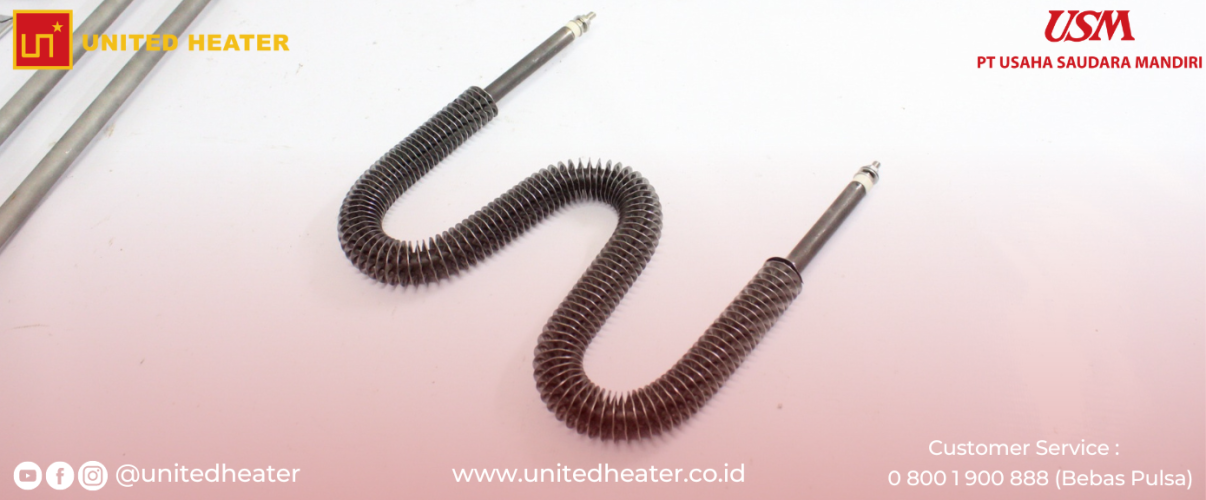
Optimal Heating with Finned Heater: How Do They Work?
Finned heaters are efficient and effective heating solutions widely used in various industries. In this article, we will explain how finned heaters work and why they have become a popular choice for achieving optimal heating. Additionally, we would like to introduce United Heater, a leading company in providing high-quality finned heaters for...
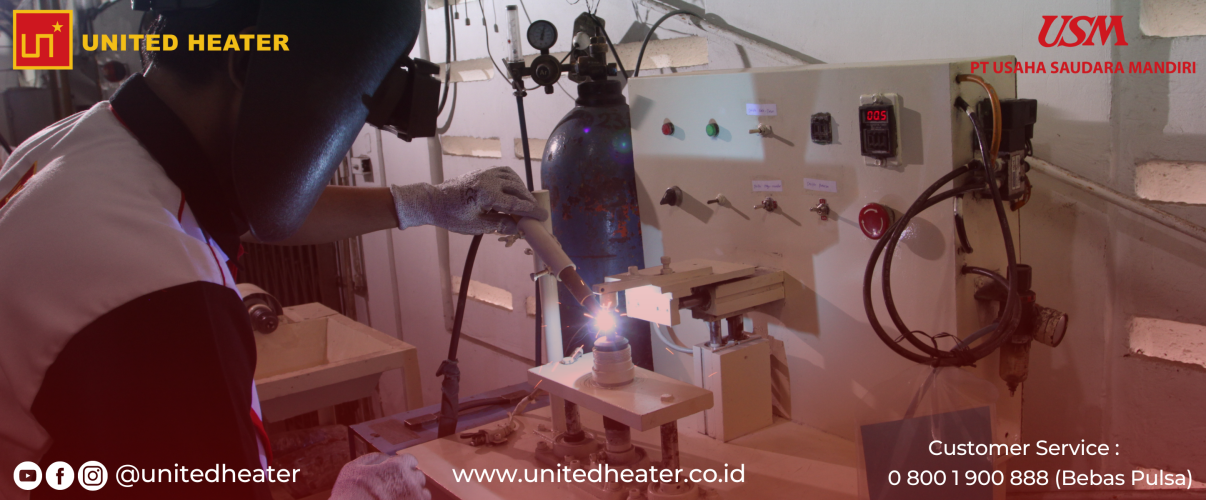
The Important Role of Heating Elements (Heater) in Various Industries.
Heating is a critical process in various industries, affecting productivity, efficiency, and product quality. One of the main components in heating systems is the heating element. Heating elements play a crucial role in converting electrical energy into the heat required for various processes, ranging from air heating, liquid heating, to surface...
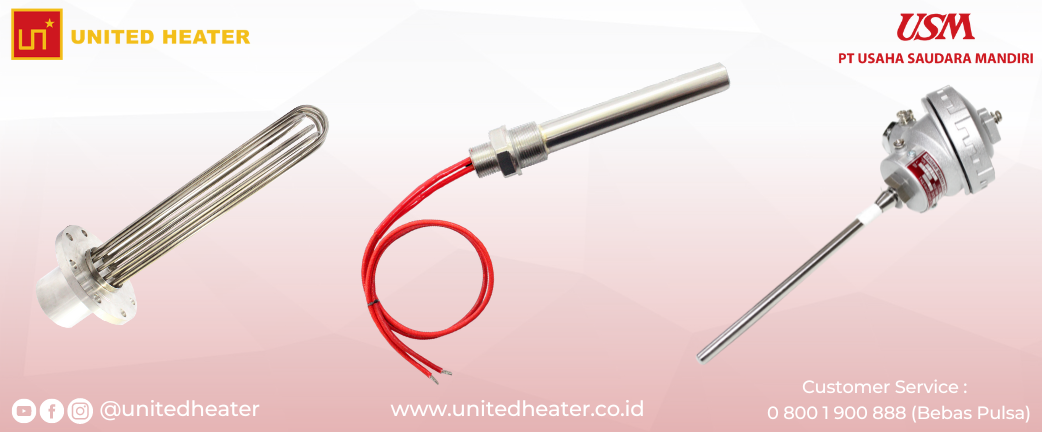
Optimizing Electric Heating Element Performance: Tips for Choosing and Maintaining the Right Electric Heating Elements!
In the manufacturing industry where heating is required, optimal performance of the heating system is crucial. One key factor contributing to the heater's performance is the selection and maintenance of the appropriate heating elements.
We will provide tips on how to choose and maintain the right heating elements to ensure the optimal...
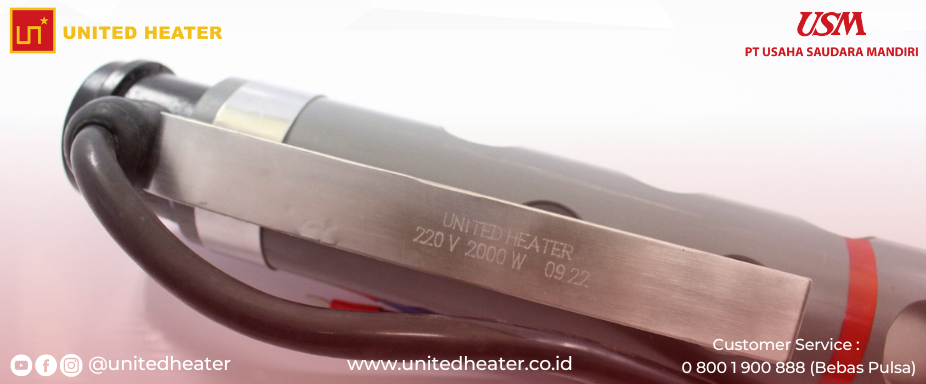
Efficient Heating Innovation: The Use of Quartz Heater in the F&B Industry
In the F&B (Food and Beverage) industry, efficient and reliable heating technology is crucial for maintaining productivity and product quality. One increasingly popular heating technology solution in this industry is the use of quartz heaters.
Quartz heaters have become a favored choice in the F&B industry for efficient heating purposes...
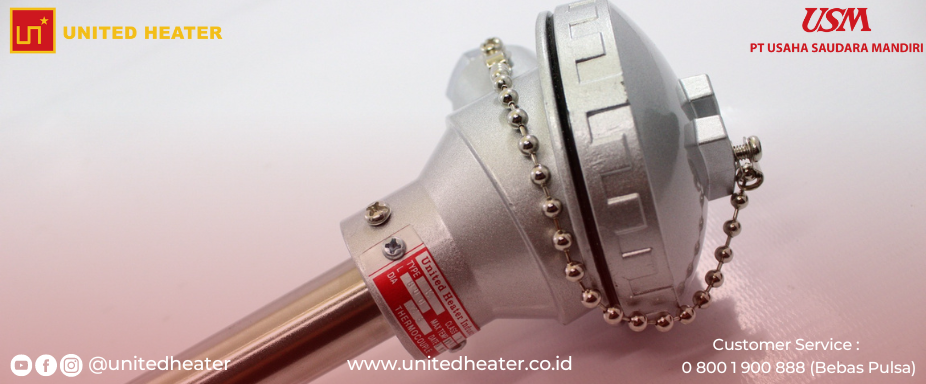
Thermocouple: Accurate Temperature Measurement for Industrial Machines.
Thermocouples are a type of temperature sensor widely used in the manufacturing industry for heating equipment. These sensors operate based on the Seebeck effect, which generates an electric voltage when two different metals are connected at both ends and subjected to different temperatures. When the temperature at one end differs from the other...










